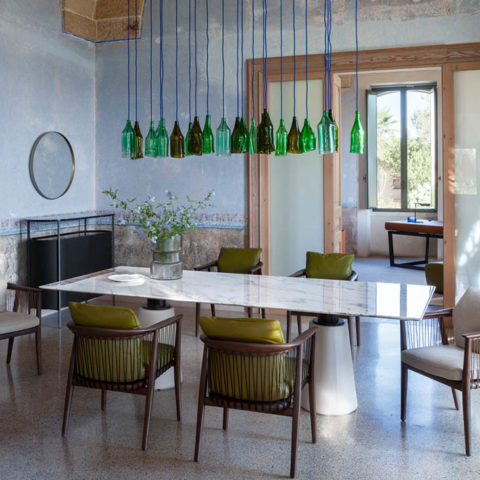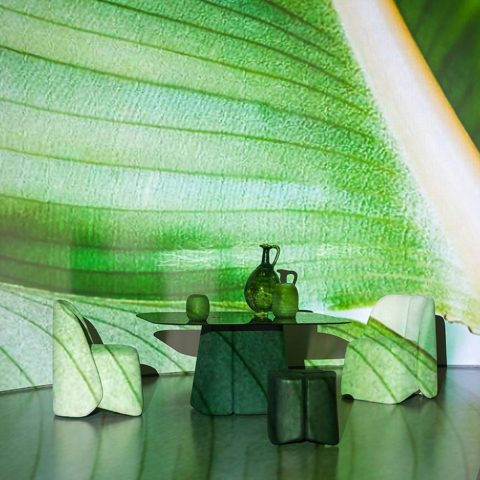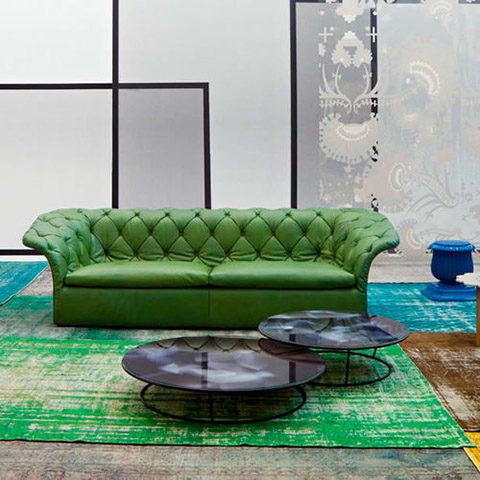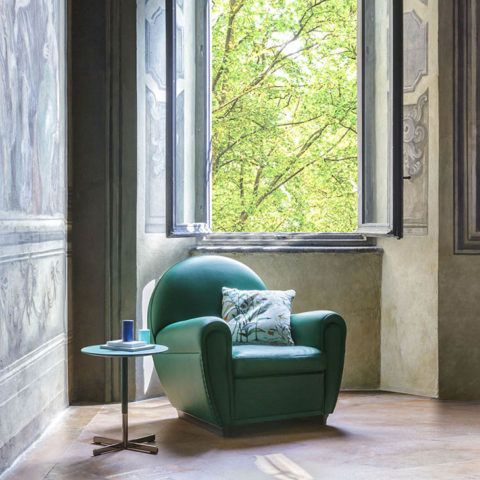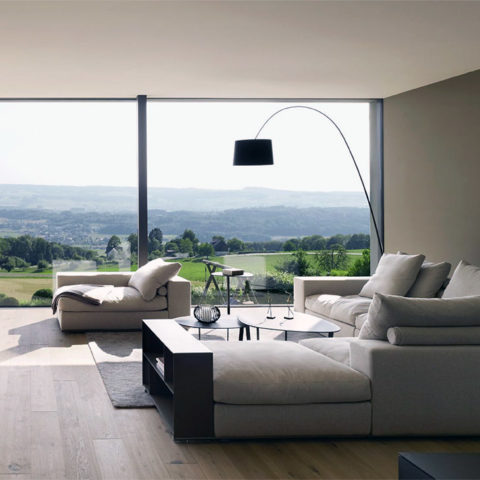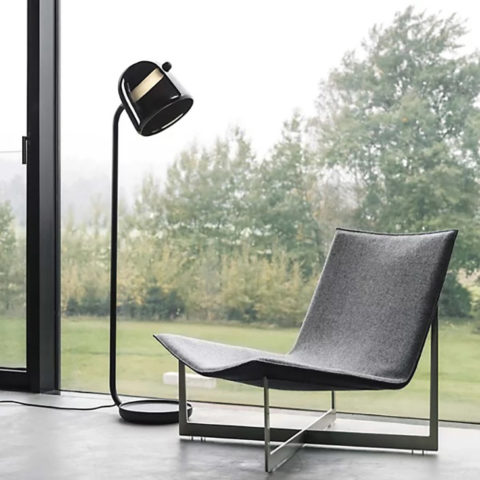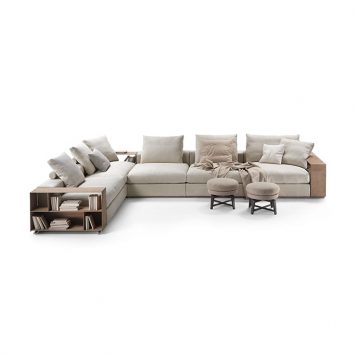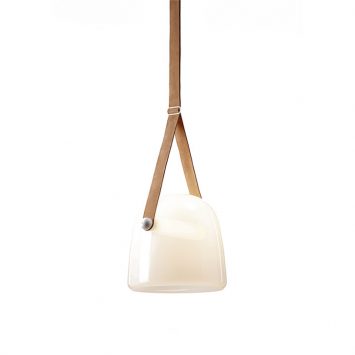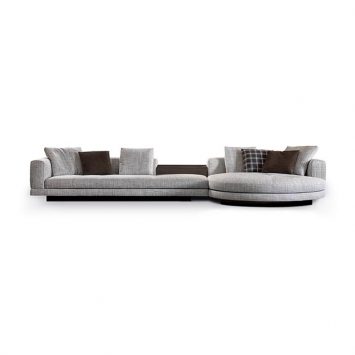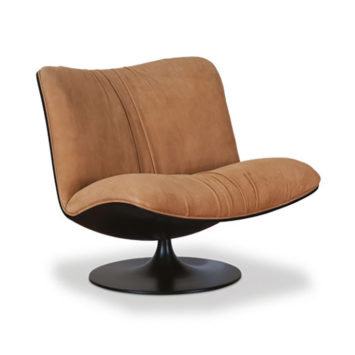Studio Como design consultant Gabriela Peña lives through her senses. She’s drawn to color, texture, and craft, and uses the three with synergy for her clients.
Originally from Virginia, Gabby moved to Colorado a little over six years ago to study interior design at Rocky Mountain College of Art & Design (RMCAD). She focused on sustainable design while there, and served as the vice president of the student chapter of American Society of Interior Designers (ASID). She had her first encounter with Studio Como when she accompanied a group of RMCAD photography students to the showroom for a shoot. As she describes it, the visit was catalyzing, sparking the realization that of all the elements in interior design, furniture captivated her most in its ability to provide tactility, warmth, and purpose to any environment. Gabby went on to work as a design consultant at a custom American-made furniture company following her schooling. She was there for four years before joining the Studio Como design team in March of 2021.
We spoke with Gabby about her design interests, her fascination with textiles—she describes them as a material language—and the unique outlook she brings to her client relationships in the Montana and Wyoming markets she services at Studio Como.
I’m a maximalist all the way, always wanting more color, more texture, more layers.
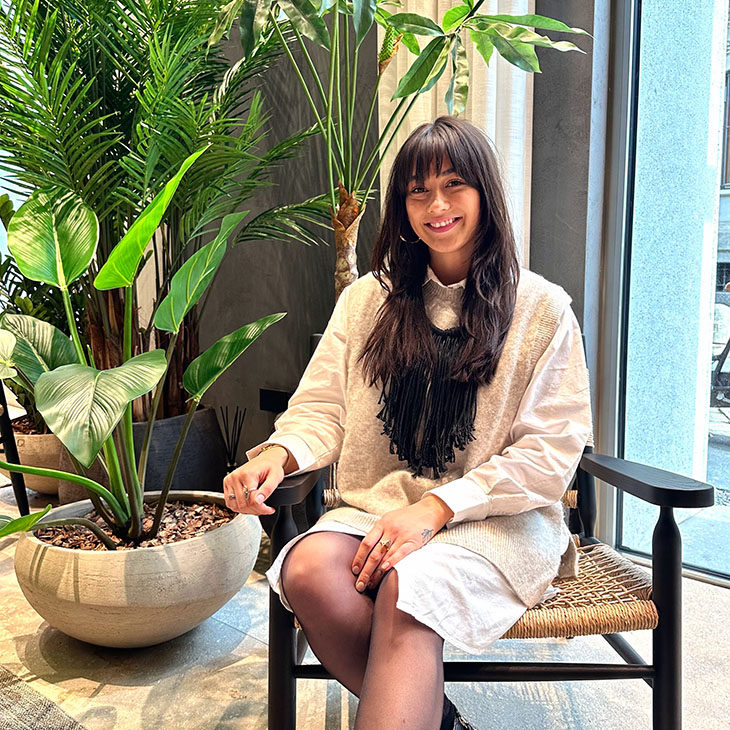
Your education is in interior design, but there was a point you realized of all the elements in the design toolkit, furniture spoke to you on a deep level. Explain that shift and what it is about furniture that you find so compelling.
In design school, I took drafting classes as well as shop classes, and I really fell in love with furniture and upholstery through that process of drawing and then actually building pieces. Furniture exists to support the human condition, which is what fascinates me most. It’s no coincidence that it evolves and changes as frequently as people do. To me, furniture isn’t a collection of inanimate objects, they’re objects that mirror what it is to be human. Furniture is all about people and places, gathering people together and defining the spaces we live in.
After visiting Studio Como as a student, I realized that the custom furniture industry was where I was meant to be. Here we’re surrounded by some of the most iconic pieces and designers in furniture design history—like Patricia Urquiola, Roldofo Dordoni, Antonio Citterio—and being so close to these pieces and getting to understand how they’re made and how they function has grown my love for furniture in a way I never knew was possible. When I first visited as a student, I wasn’t really privy to what I was looking at. But when you’re in the Studio Como showroom and walking through each vignette, there’s a sense that you’re in the presence of something meaningful. That feeling and what’s behind it is something I always strive to share with clients.
What else is important to you when it comes to working with clients?
There’s so much furniture out there. It’s a saturated market, especially with the internet and the ability to order furniture from anywhere. But custom European furniture is different, and it’s important we tell that story. Luxury furniture should be something that everybody feels they can access, and working with a specialist really can make that possible. I service our Wyoming and Montana markets and I’m constantly learning and want to make my dedication to the complexity of the industry apparent to clients. I like to be proactive in answering any big questions they have about the industry and how our showroom works before getting into the specifics of individual pieces. Let’s get everyone to a good understanding of the brands we carry, the options that are available, and how the process works.
Once we establish that basic understanding, then I can focus on the specificity of the need and the want. I always consider what finishes will work best in our dry climate, and what materials will best support the client’s lifestyle. There’s a high guarantee that clients are going to love what they choose from Studio Como, so I’m focused on making it the perfect fit. The fun stuff can be accomplished no matter what direction we go in.
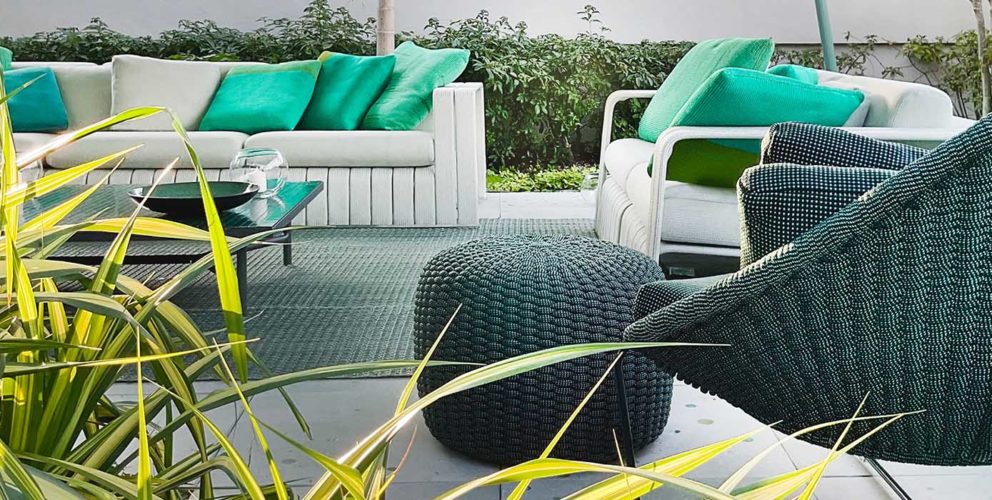
Tell us about some recent projects that you found meaningful.
I partnered with our design director Laura Folgoni on a rooftop space in Denver for one of our longstanding clients who I’ve worked with on a few past jobs. There was a well-established trust because of the client’s close relationship with the studio, and also a sky’s-the-limit mentality when it came to colors and fabrics and finishes. When there’s that open mindset going into a project, you can really create something spectacular. Often, it’s good to have constraints, but we have access to such amazing furniture that when you’re given the green light to place the wow-factor pieces, I know exactly the pieces to go to. We used Minotti, B&B Italia, and Paola Lenti Outdoor. I loved seeing each of these styles merge since they each do outdoor a little differently.
I’ve been working on another special project for a property in Cabo San Lucas. It’ll be installed this summer. This project has been meaningful because I was able to put our Studio Como touch on every room. Because we did a comprehensive design, I was able to learn a lot about how different brands look and function together in one home. It gave me a well-rounded view of what we typically sell, with pieces by Minotti, Flexform, Poliform, B&B Italia, and a lot of Apparatus and Brokis lighting. Studio Como is a multi-brand dealer and it’s always a rewarding part of the project to see the different worlds of the various lines we carry combined. As design consultants we’re always putting our minds in that arena, always seeking to find the right configurations.
What aspects of furniture design are particularly exciting to you right now?
I am very interested in leatherwork and notice each manufacturer’s different approach to it. It’s becoming one of my favorite materials. Leather is a difficult material to work with. Unlike a standard bolt of fabric, it comes in irregular shapes and sizes. When you see things done well in leather it’s hard not to be impressed.
We have manufacturers like Baxter and Poltrona Frau where leather is woven into their history and brand identity. You might even think of leather first, and furniture second when it comes to those lines. They prioritize how leather will operate on furniture, not vice versa. Then there are manufacturers like Flexform or Minotti who use leather to bring that punch of detail, like on the arms of the Groundpiece sofa and the base of the Connery sofa. In those lines, you will find this extremely intricate leatherwork that makes you take a closer look. It won’t be the first thing you notice, but it will be the last thing on your palate.
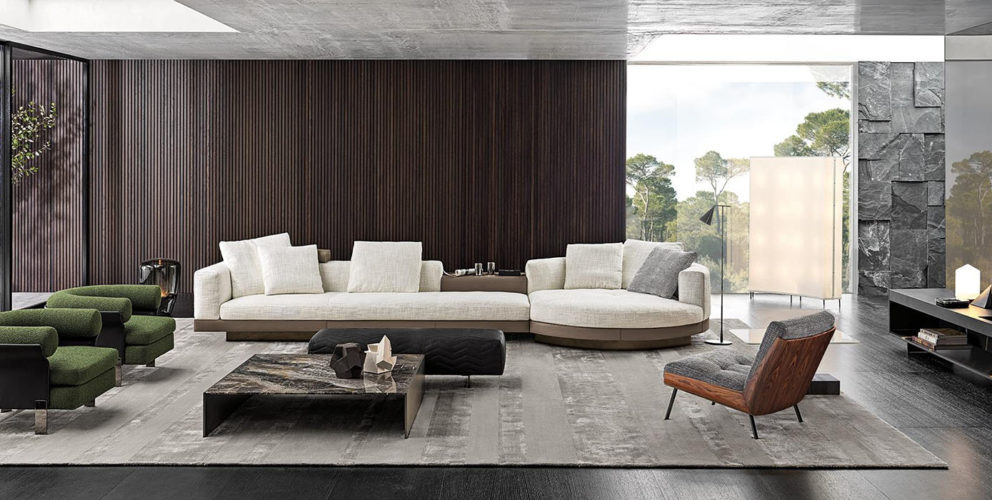
I know that materiality is really important to you. Your travel notes from Studio Como trips to furniture manufacturers and showrooms in New York and Milan have made it apparent you have a love for textiles, texture, and color. How does that manifest in your design approach?
Textiles are essentially a language, communicated visually and through touch. I think material finish can completely change the piece. The fabrics and finishes are usually what you first notice about any piece of furniture. What our manufacturers are able to do with materials is extremely impressive, especially considering the sustainability measures all our brands are taking to ethically utilize wools and silks and leathers. Seeing this large range of upholstery designs has completely broadened my scope of what a textile can be.
I’m also fascinated by the process of making textiles, including rug making. I have always had a deep appreciation for that craft aspect of furniture. When we were in Italy at Lake Como, the other design consultants and I saw a textile art exhibition right after visiting B&B Italia. It was a really amazing way to wrap up the end of that trip, seeing textiles at work in furniture and fine art.
In my personal style, I take a the-more-the-merrier approach to design. I’m a maximalist all the way, always wanting more color, more texture, more layers. I respect minimalism and can get into that space for clients, but I personally love to see and touch, to engage all of my senses. In my own home, I like there to be a lot of intimate spaces to sit in and a lot of things to look at, so there’s a really intentional experience of being in the space.
How do you collaborate with the other Studio Como design consultants?
We all have different styles and specialties but the same passion for the industry, and for design above all. I appreciate the safe space we have to collaborate, and we hold that for each other very closely. Even when we’re not directly collaborating on a project, we are in constant communication and able to ask each other questions or affirm the decisions that we’re making. When the team is all together we create a very well-rounded perspective on design.
Again, it’s really all about people and places.
Thank you, Gabby!

